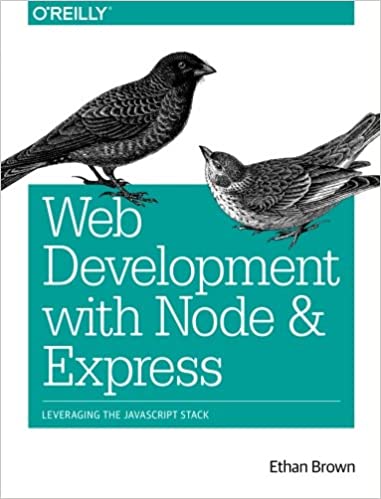Pages with tag JavaScript
- A deep dive guide to JavaScript Symbols (ES-6 and beyond)
- Add/remove list items in Vue.js built with Bulma/Buefy
- Complete guide to using ES6 modules to create Node.js packages that are easily usable from CJS modules
- Correctly match URL against domain name without killing yourself with regular expressions
- Debugging Syntax Error Unexpected Reserved Word in Mocha on Modern Node.js
- Dynamic import lands in Node.js, we can import ES6 modules in CommonJS code
- Fixing "Maximum call stack size exceeded" in async Node.js code
- Getting started with Vue.js application development
- Handling unhandled Promise rejections, avoiding application crash
- Hiding data, creating encapsulation, in JavaScript ES-2015 classes
- How to correctly calculate path to a Node.js module to access files in that module directory
- How to read array of values from browser DOM using jQuery, or in Node.js using Cheerio
- How to run JavaScript in the command-line environment
- Implementing __dirname in ES6 modules using import.meta.url
- Is Node.js one of the most widely used scripting languages on the Internet? Really?
- Java, Twitter, and asynchronous event driven architecture
- JavaScript or SQL injection attacks in the Node.js platform?
- Javascript (specifically Node.JS) for server-side web application programming
- Joyent webinar on Node.js and "Carriers" (?phone companies?)
- Loading an ES6 module in a Node.js CommonJS module
- Microsoft proposes bringing TypeScript-like type syntax to JavaScript
- Node.js 4.0.0 is out - quick tip for use while testing compatibility
- Review: The Past, Present and Future of JavaScript (Axel Rauschmayer)
- Rudimentary form validation in Vue.js with Buefy/Bulma
- Showing a tree structure, like a file-system, in Vue.js
- Troubles with Asynchronous code flows in JavaScript, and the async/await solution of ES-2017
- Using Dynamic import in Node.js lets us import ES6 modules in CommonJS code, and more - UPDATED
- What is Babel, and when should one use Babel?
- Why publish Node.js packages to npm using Babel/Webpack?
- You can joyfully parse and manipulate URL's in browser-based JavaScript









